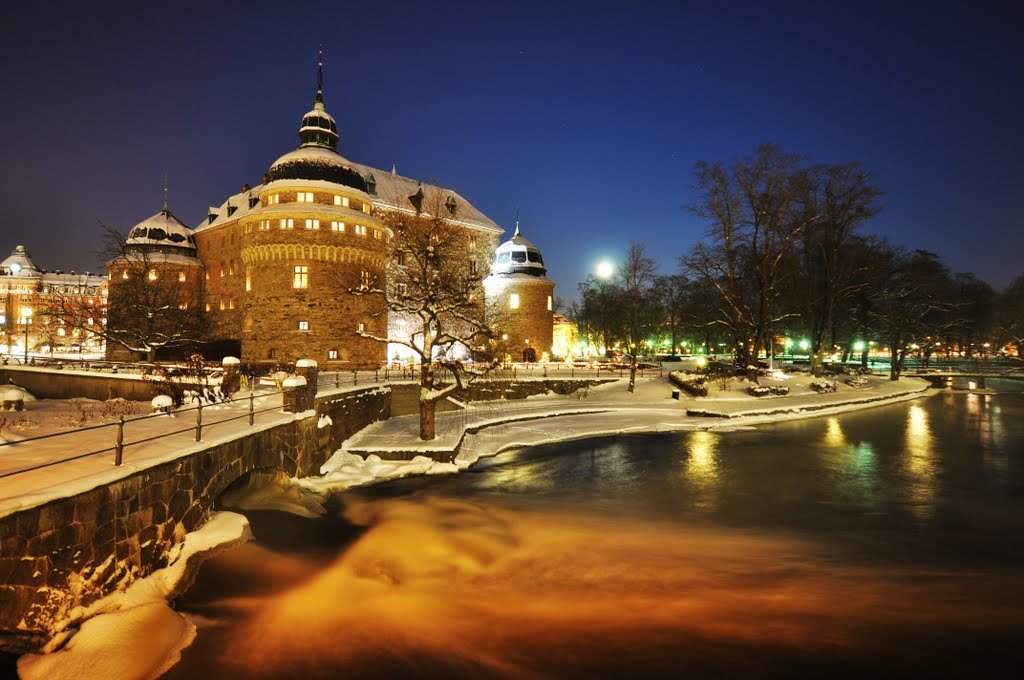The ideal gas equation is a fundamental principle in thermodynamics that describes the behavior of an idealized gas under certain conditions. It provides a simple yet powerful relationship between the pressure, volume, temperature, and number of moles of a gas. This equation has far-reaching applications in various fields, from chemistry and physics to engineering and meteorology.
Understanding the Ideal Gas
Before delving into the equation itself, it’s crucial to understand the concept of an “ideal gas.” An ideal gas is a theoretical construct that exhibits the following characteristics:
No intermolecular forces: Ideal gas molecules are assumed to have no attractive or repulsive forces between them. This means they do not interact with each other, except during perfectly elastic collisions.
Negligible molecular volume: The volume occupied by the gas molecules themselves is considered negligible compared to the total volume of the container.
Random motion: Gas molecules are in constant, random motion, moving in straight lines until they collide with each other or the container walls.
Elastic collisions: Collisions between gas molecules and the container walls are perfectly elastic, meaning kinetic energy is conserved during the collision.
The Ideal Gas Equation
The ideal gas equation is mathematically expressed as
PV = nRT
where
P is the pressure of the gas (typically measured in atmospheres (atm), Pascals (Pa), or millimeters of mercury (mmHg))
V is the volume of the gas (typically measured in liters (L) or cubic meters (m³))
R is the ideal gas constant (its value varies depending on the units used for pressure and volume)
The Ideal Gas Constant (R)
The value of the ideal gas constant (R) depends on the units used for pressure and volume. Some common values of R include:
R = 0.0821 L⋅atm/mol⋅K (when pressure is in atmospheres and volume is in liters)
R = 8.314 J/mol⋅K (when pressure is in Pascals and volume is in cubic meters)

Applications of the Ideal Gas Equation
Chemistry
Stoichiometry calculations: Determining the amounts of reactants and products in chemical reactions involving gases.
Gas law problems: Solving problems related to changes in pressure, volume, temperature, and the number of moles of a gas.
Gas mixtures: Calculating the partial pressures of individual gases in a mixture.
Physics
Kinetic theory of gases: Relating the macroscopic properties of a gas (pressure, volume, temperature) to the microscopic properties of its molecules (molecular speed, kinetic energy).
Thermodynamics: Understanding the behavior of gases in various thermodynamic processes, such as isothermal and adiabatic processes.
Engineering
Chemical engineering: Designing and optimizing chemical processes involving gases, such as combustion, distillation, and gas separation.
Mechanical engineering: Analyzing the performance of engines and other devices that use gases as a working fluid.
Meteorology
Weather forecasting: Predicting atmospheric conditions, such as temperature, pressure, and wind speed, which are influenced by the behavior of gases in the atmosphere.
Limitations of the Ideal Gas Equation
While the ideal gas equation provides a good approximation for the behavior of many gases under certain conditions, it has limitations
Real gases: Real gases deviate from ideal gas behavior, especially at high pressures and low temperatures. This is because real gas molecules have finite volumes and experience intermolecular forces.
Non-ideal conditions: The ideal gas equation may not accurately predict the behavior of gases under extreme conditions, such as very high pressures or very low temperatures.
Kinetic Theory of Gases and the Ideal Gas Law
Molecular Motion: The ideal gas law is deeply rooted in the kinetic theory of gases. This theory posits that gas molecules are in constant, random motion. These molecules collide with each other and the walls of their container, exerting a force that we perceive as pressure.
Temperature and Kinetic Energy: The kinetic theory links the temperature of a gas directly to the average kinetic energy of its molecules. Higher temperatures mean faster-moving molecules, leading to more frequent and forceful collisions, and thus, higher pressure.
Derivation: The ideal gas equation can be derived mathematically from the principles of kinetic theory. By considering the average kinetic energy of gas molecules and their collisions with the container walls, one can derive the relationship between pressure, volume, temperature, and the number of gas molecules.
Final Thoughts
The ideal gas equation is a fundamental principle in thermodynamics that provides a simple yet powerful relationship between the pressure, volume, temperature, and number of moles of an idealized gas. While it has limitations, it remains a valuable tool for understanding the behavior of gases in various applications, from chemistry and physics to engineering and meteorology. By understanding the ideal gas equation and its limitations, we can gain a deeper appreciation for the behavior of gases and their role in the world around us.
FAQs
What is the difference between an ideal gas and a real gas?
As mentioned earlier, an ideal gas is a theoretical concept with no intermolecular forces and negligible molecular volume. Real gases, on the other hand, exhibit these properties to varying degrees. Real gas molecules have finite volumes and experience attractive or repulsive forces between them, especially at high pressures and low temperatures.
How do you derive the ideal gas equation?
The ideal gas equation can be derived from the kinetic theory of gases, which relates the macroscopic properties of a gas to the microscopic properties of its molecules. The derivation involves several assumptions, such as the random motion of gas molecules, elastic collisions, and negligible molecular volume.
How do you use the ideal gas equation to solve problems?
To solve problems using the ideal gas equation, you typically need to know the values of three of the four variables (P, V, n, T) and then use the equation to calculate the value of the fourth variable. For example, if you know the pressure, volume, and temperature of a gas, you can calculate the number of moles of the gas.
How do you account for non-ideal gas behavior?
Several equations of state, such as the van der Waals equation and the Redlich-Kwong equation, have been developed to account for the non-ideal behavior of real gases. These equations include correction terms to account for the finite volume of gas molecules and the intermolecular forces between them.
To read more, Click Here













Leave a Reply